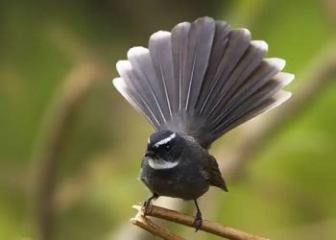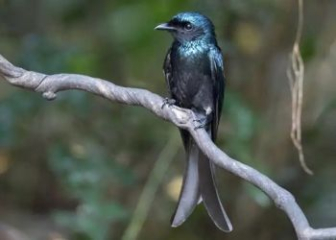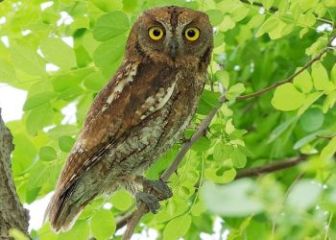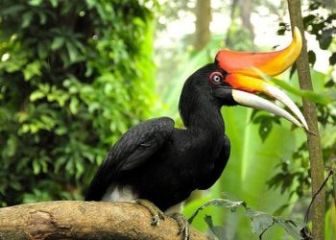Starling birds - A bird with the ability to mimic human speech
Blog | by
The parrot is one of the birds with the best and most interesting ability to imitate human speech, possessing jet-black feathers and a characteristic yellow beak.
For those who love to raise singing birds in Vietnam, the name Starling birds (parrot) is probably too familiar, right? This is not only a beautiful bird with jet-black, shiny feathers, but also has the ability to imitate human voices very well and vividly.
To help you better understand the origin, characteristics, habits, and techniques for training birds to speak human language very well, right below, nicebirds have compiled a lot of related knowledge, let's find out now!
Information about the Bird :
|
Common name |
Starlings, parrots, starlings |
|
Scientific name |
Gracula religiosa |
|
Set |
Passeriformes - Order Passeriformes |
|
Surname |
Sturnidae - Starling family |
|
Spend |
Sturnidae - Starlings |
|
Source |
Asia |
|
Lifespan |
15 - 20 years |
Origin and distribution of the Yèng
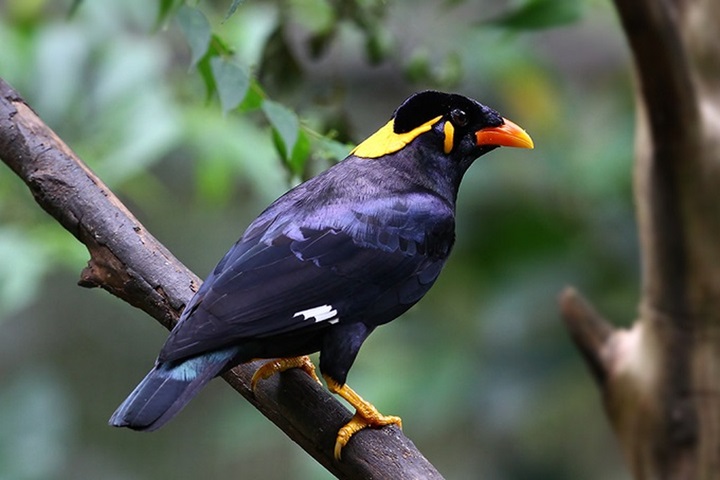
Learn about the origin of parrots.
Starlings, also known as stone starlings, scientific name Gracula religiosa, are a native bird in the tropical forests of Asia. Their original homeland is in South Asia and Southeast Asia, common in India, Thailand, Myanmar, Indonesia,... now widely distributed.
In Vietnam alone, the species is recorded in the Central Highlands, South Central and Southeast provinces.
However, due to their beauty and ability to mimic human speech, the birds are now hunted heavily for ornamental purposes, causing their wild populations to decline severely in some areas. They are classified as “Near Threatened - NT” by the IUCN.
Morphological characteristics of the Parrot
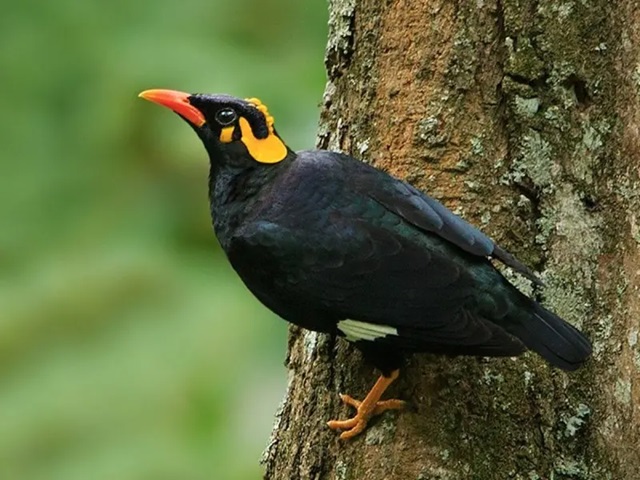
The parrot has a mysterious appearance with jet black feathers.
Let's learn more about the appearance of the starling to see if they are outstanding and easily recognizable.
Size :
- Length: 26 - 30 cm
- Weight: 200 - 300 grams
- Shape: Big head, short neck, short tail looks quite plump
Color :
- The whole body is covered with a layer of jet black fur with a purple-blue sheen, sparkling beautifully in the sunlight.
- Smooth, shiny fur looks incredibly classy
Head - crest - beak :
- Two wavy bright yellow crests grow from behind the eyes down to the nape of the neck - a distinctive identifying feature
- Round, jet black eyes with thin red or orange skin around the eyes
- Bright orange-yellow beak, slightly curved, strong
Legs - wings - tail :
- The legs are yellow like the beak, 3 toes in front - 1 toe in back
- The wings are quite long, the tail is short and black or ash gray depending on the species.
Habits & Behavior of Birds
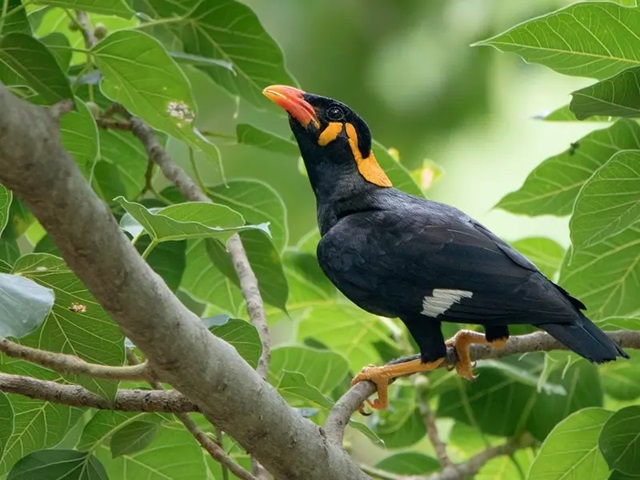
Starlings are very intelligent birds.
The starling is one of the most intelligent birds in the starling family, so they have many interesting habits and behaviors. Let's learn more about them below.
Very smart & quick learner
There are many studies that show that starlings are not only the most intelligent in the starling family, but they are also ranked among the most intelligent pet birds with the ability to remember and imitate human speech extremely clearly and accurately.
If trained from a young age, baby birds will be able to memorize and say dozens of familiar words and sentences. They can even imitate the tone and intonation of the speaker.
Highly social
In the natural environment, birds often live in pairs or in small groups (a family) and communicate with each other using a variety of sounds.
When kept in captivity, the bird is also very easy to tame and always shows friendliness and attachment to the owner if cared for for a long time.
Omnivorous, plant-based
Starlings are omnivorous birds but tend to be herbivorous. They like to eat sweet fruits, berries, soft fruits such as papaya, banana, rambutan, soft seeds,...
In addition, during the breeding season, they can also eat larvae and small insects to supplement protein.
Reproductive behavior
Here is some information about the reproductive habits of parrots, let's learn more.
- Breeding season usually falls between March and July, depending on the climate.
- Birds usually pair up monogamous and remain faithful throughout the breeding season.
- The male bird will call loudly, flap its wings, stretch its body and perform some courtship movements in an attempt to attract the female bird.
- They often nest on tall tree stumps or dense foliage, nests are made of dry branches, small tree roots, dry leaves, moss and bark.
- Each brood lays 2 - 3 eggs, both male and female take turns incubating the eggs for about 15 days.
- The baby birds hatch without eyes or feathers. The father and mother take turns feeding and keeping them warm throughout the nurturing process. They will leave the nest after about 3-4 weeks and continue to be protected and taught how to find food by their parents.
Techniques for training children to speak fluent human language
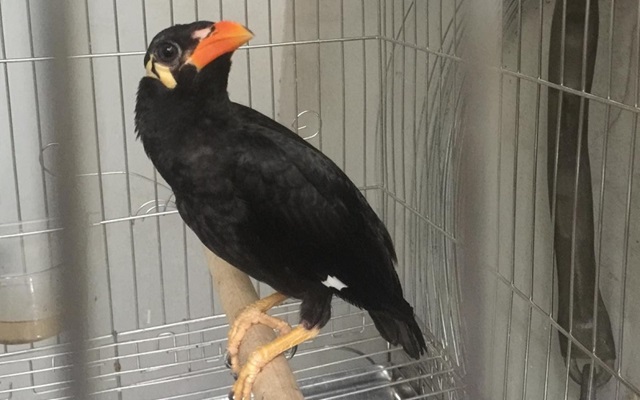
How to train a dog to speak human language well.
Training parrots to imitate human speech well is not easy for those who do not have much experience. Therefore, below we have shared the most detailed techniques for training parrots to "speak" human speech, let's find out now.
Choose the right time to train
Birds can only learn to speak well when trained at the right time, and the golden time to do this is when the baby bird is only 1 - 2 months old.
The younger the bird is when it is trained, the better it will learn. However, you should avoid training when the bird is molting, sick or during breeding season.
Create the right environment
Creating a suitable breeding environment also greatly affects the training of your bird to speak. Please note the following:
- Place the bird cage in a cool, quiet place without too much noise, but there should be people passing by to help them become more tame.
- You should only raise one bird to avoid them being too busy "talking" to each other and being lazy to learn human language.
- It is necessary to create intimacy and attachment with birds before teaching them to speak.
Effective speaking teaching methods
Here are some of the most effective methods of teaching speaking skills, let's find out now.
Method 1: Direct communication
- Every day you should spend a lot of time standing next to the bird cage and repeating simple, clear and regular keywords, at least 3 - 5 times, each time for 10 - 15 minutes.
- Combine gestures and actions to attract attention.
- When the bird starts to pronounce well, reward it with delicious food to encourage its spirit.
Method 2: Use audio recording
- Use a tape recorder to record your voice, then turn on a small speaker and play it back and forth for your bird to listen to for 15 - 20 minutes every day.
- Should be combined with direct communication for better results.
Note :
- Whatever method you use, you need to be patient because each bird will have different learning speeds.
- Sticking to a daily routine is the key to helping your bird learn to speak best.
Important tips when training a dog
Here are some important tips to make training your dog to speak easier, don't miss them.
- Do not use many people to teach your bird to talk because it will confuse your bird's voice and make it difficult to learn.
- Do not scold or threaten children because it will scare them and they will not be able to learn.
- It is best to teach birds to speak in the morning because this is the time when they are most alert and receptive.
- Teach birds in stages from simple to advanced such as single words - phrases - short sentences.
Price list of parrots
Currently, parrots are sold very popularly in Vietnam at quite high prices, from a few million to a few tens of millions of dong, depending on origin, purity, speaking ability, etc. For more details, please refer to the following price list.
|
Parrot type |
Reference price (VND/piece) |
Note |
|
Young birds from 3 - 4 weeks old |
1,200,000 - 1,800,000 |
Young birds are easy to tame, but need to be kept warm and fed. |
|
Young chicks from 2 - 3 months old |
2,500,000 - 3,800,000 |
Eat by yourself, start learning to talk |
|
The adult bird can say a few sentences. |
4,000,000 - 8,000,000 |
Trained, with basic communication skills |
|
Good at speaking |
7,500,000 - over 10,000,000 |
Good speaking, nice voice |
Questions and answers about parrots?
Can the roof talk?
Yes, both male and female birds can imitate human speech very well if trained early.
Is the starling in the starling family?
Yes, starlings are also a type of bird in the starling family, however they are better at mimicking human speech than other starling species.
How many months can you speak?
If you raise birds from a young age, after 3 - 4 months they can practice simple pronunciation, after about 6 months - 1 year they can speak clearly.
Should I keep my birds alone or in pairs?
Depending on the purpose, you can choose to raise the bird in pairs or individually. If you only raise it as a pet and to learn to talk, you should raise one bird. If you raise it for breeding, you should raise it in pairs.
Beautiful parrot pictures
We invite you to admire the collection of beautiful and diverse pictures of starlings from young to adult to better visualize this small but super intelligent bird.
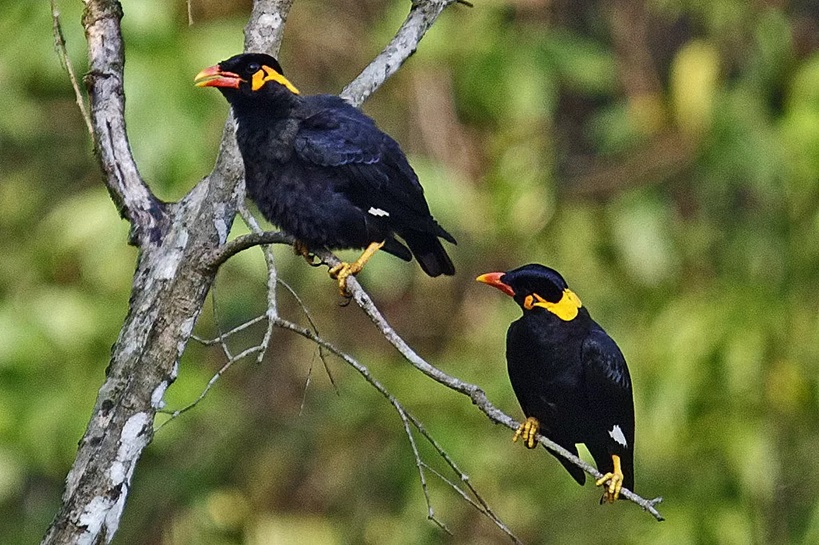
Two birdies are perched next to each other.
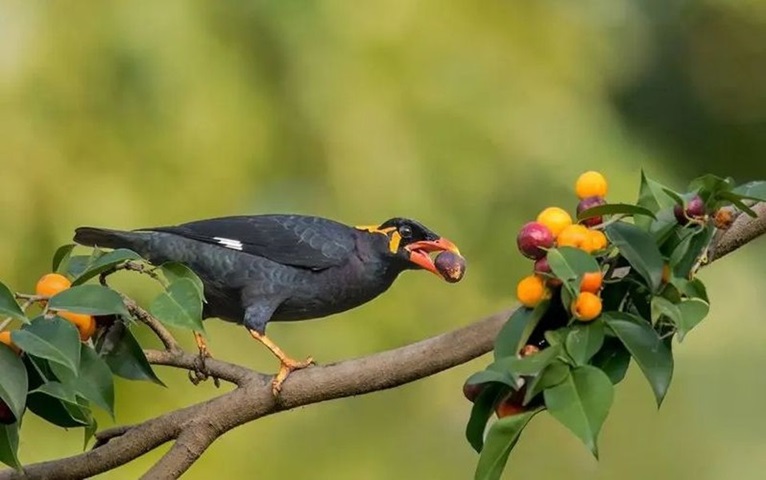
Image of a starling eating berries.
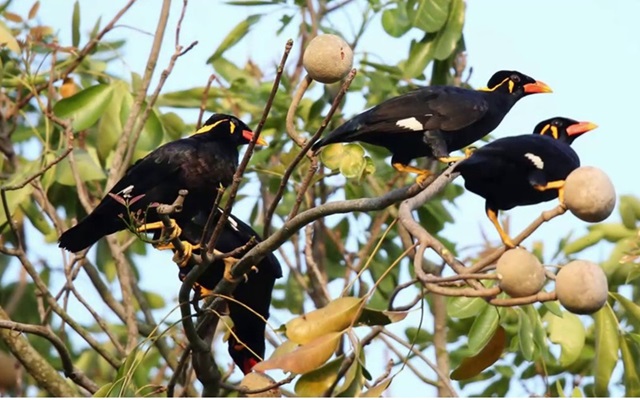
The magpies were gathering in small groups.
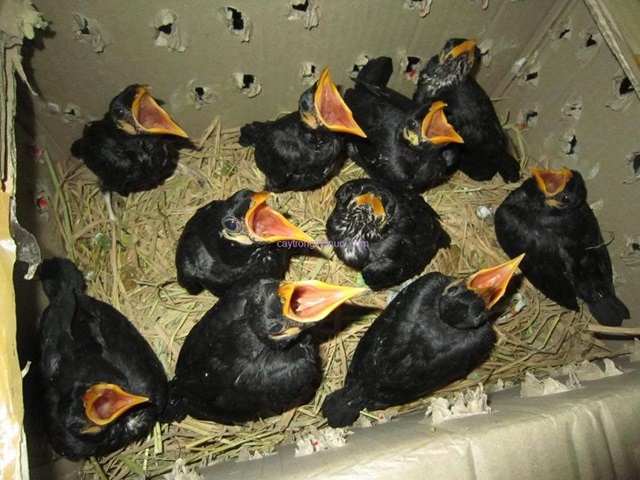
Image of baby birds opening their mouths to ask for food.
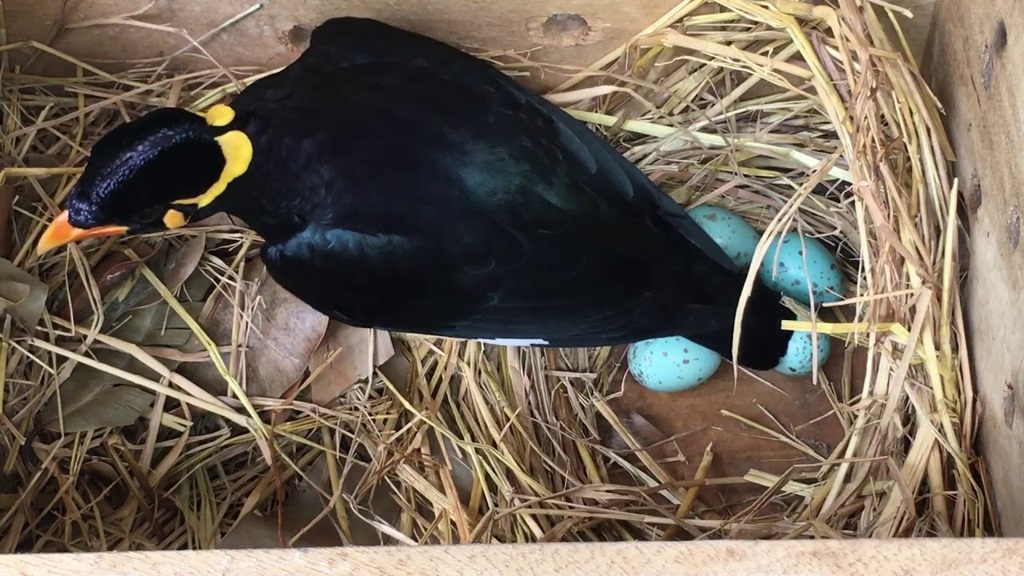
Picture of a starling incubating eggs.
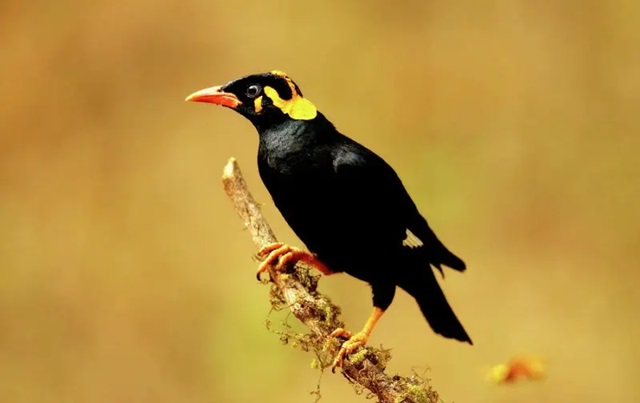
Super beautiful picture of a starling in the wild.
The parrot is not only a beautiful bird, capable of imitating human voices very well, but it is also an interesting “winged friend” for bird lovers. If you want to raise a small, cheerful bird that can “chat” with you, the parrot is a perfect choice.
If you want to learn more about many other types of singing birds and beautiful ornamental birds, please read the next articles in the Blog section of nicebirds.net!
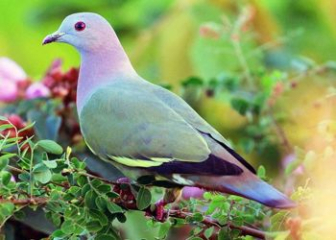
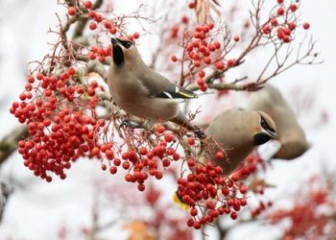
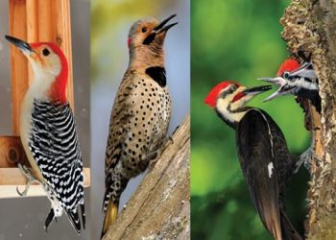

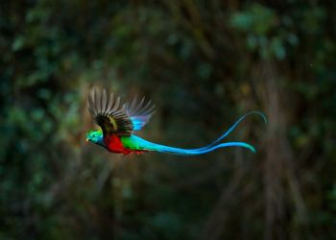

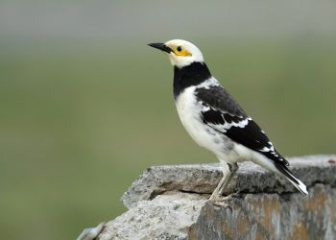
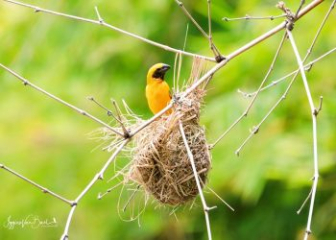
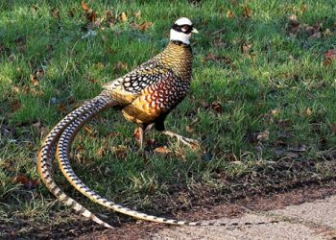
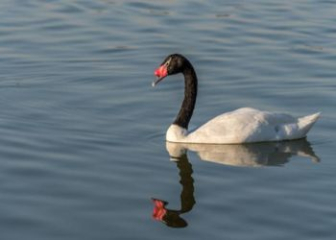
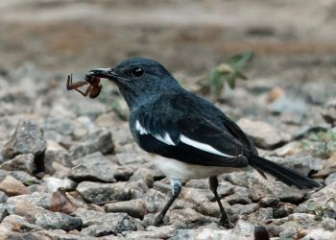
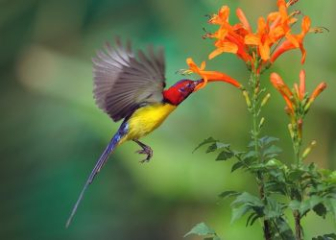
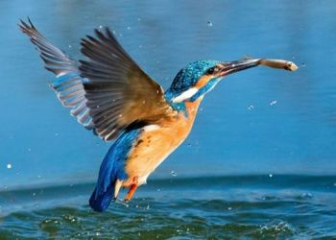
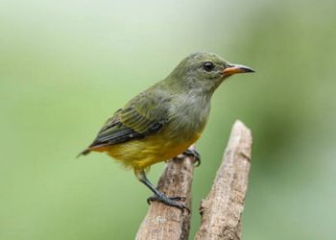
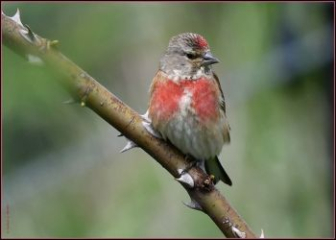
_350x250.jpg)
